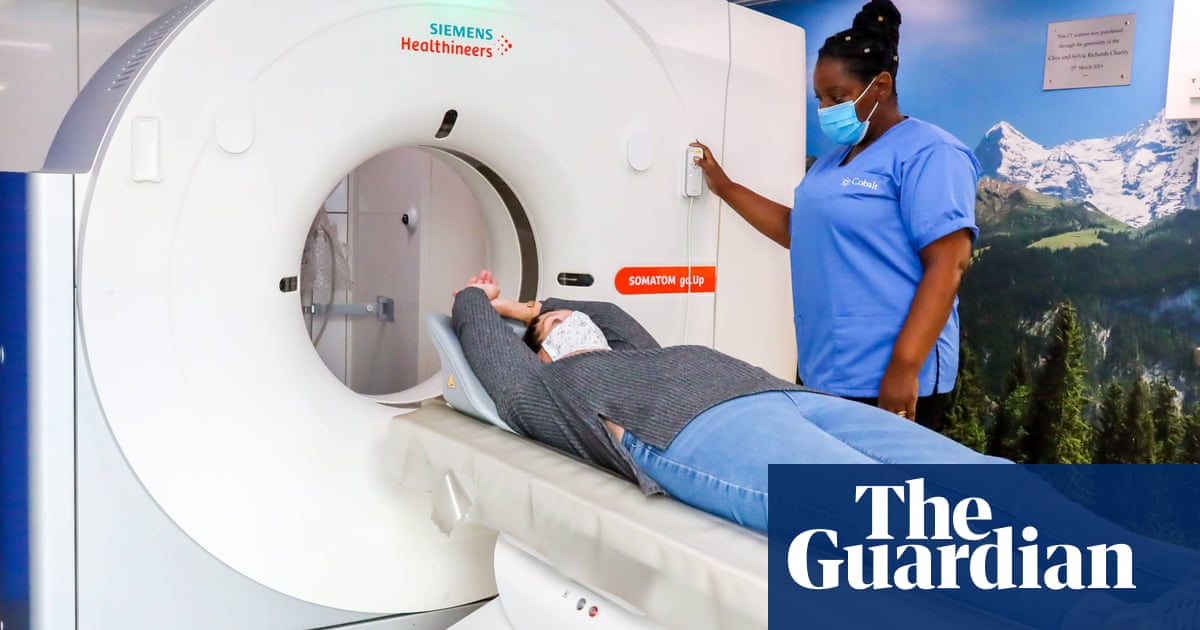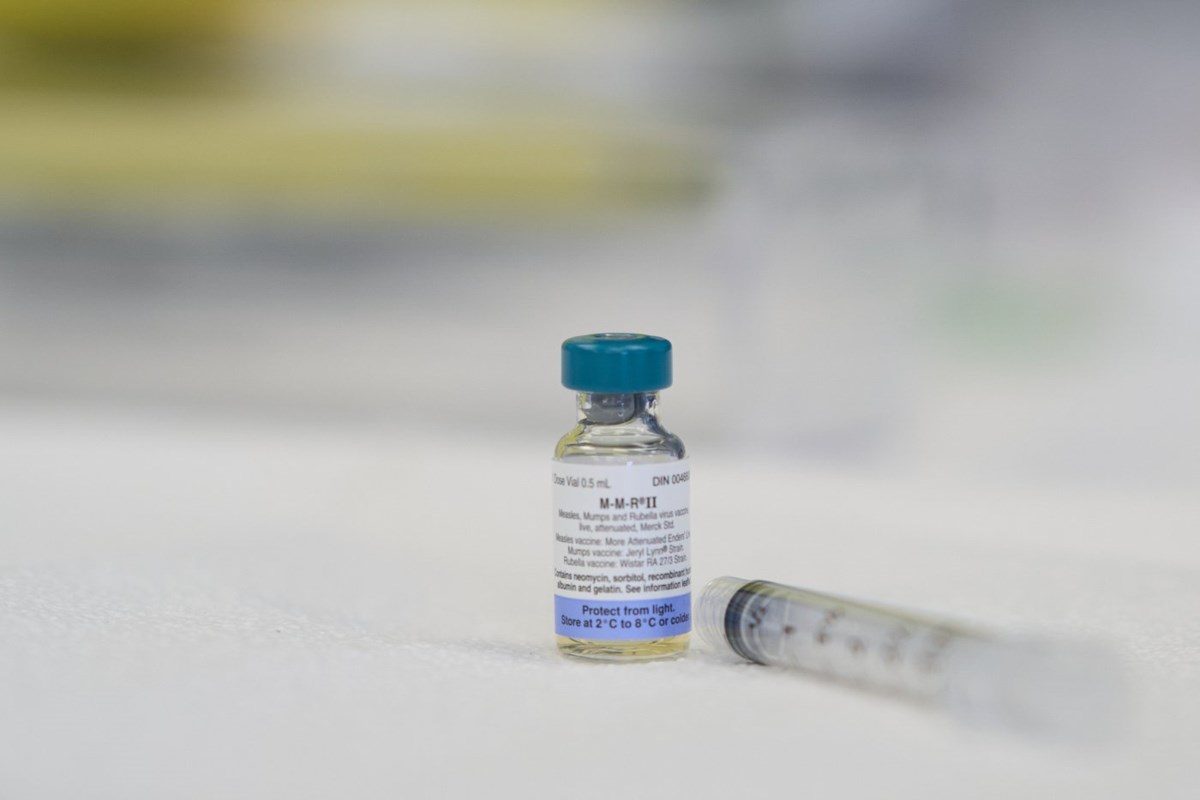Scientists Inject Ancient Neanderthal DNA into Mice, Uncovering Surprising Skeletal Changes

In a groundbreaking experiment, scientists have successfully injected a 40,000-year-old fragment of genetic material derived from Neanderthals (Homo neanderthalensis) into laboratory mice. Employing the revolutionary CRISPR gene-editing technology, the researchers aimed to introduce an archaic variant of the GLI3 gene, which is critically involved in skeletal development.
Following the genetic modification, the mice exhibited significant alterations in their bone structures along with a range of unexpected traits. This pivotal research was conducted by a team at Kyoto Prefectural University of Medicine, who sought to explore the ancient DNA segment's role in influencing skeletal anatomy.
The GLI3 Gene and Its Impact on Skeletal Characteristics
Among the modified mice, a notable observation was the variation in their skull shapes, with some displaying wider craniums than their unaltered counterparts. Other skeletal anomalies included a reduced number of vertebrae and atypical rib configurations that bore resemblance to the anatomical characteristics of extinct hominins. This evidence suggests that the genetic modifications were not mere random occurrences; rather, they represented specific skeletal features reflective of evolutionary changes.
Crucially, the Hedgehog signaling pathway, which is essential for the development of various mammalian systems, did not suffer from catastrophic disruptions in these genetically modified mice. Instead, the archaic GLI3 variant appeared to fine-tune the activity of early bone patterning genes, allowing the mice to avoid severe birth defects while nonetheless nudging their skeletal structures in unanticipated directions.
Understanding Genetic Backgrounds and Variations
The researchers also found that the skeletal alterations varied depending on the broader genetic background of each mouse. For example, some mice from particular genetic strains showed unusual rib formations at the 14th thoracic position, while others exhibited scoliosis-like angles in their rib structures. A segment of the modified mice even showcased more rapid fusion of cranial plates, resulting in larger skull shapes over time. However, intriguingly, none of these mice developed polydactyly, a defect often associated with major disturbances in the GLI3 gene.
This presents a compelling narrative that the archaic variant was able to maintain the essential functions of the gene while selectively inducing modifications that mirrored the developmental pathways of ancient human populations.
Modern Implications of the GLI3 Gene Variant
The specific GLI3 variant identified in the study, known as R1537C, remains present in certain human populations outside of Africa, with frequencies ranging from 3.7% to 7.7%. In other groups, however, this variant is much less common. Researchers speculate that the persistence of these genetic changes in ancient populations could be attributed to genetic drift rather than strict selective advantages.
Additionally, initial tests involving cultured human cells suggested that the archaic gene could influence the expression of downstream targets related to bone growth. These findings lend credence to the theory that an underappreciated, yet persistent influence of archaic traits may still exist within the modern human gene pool.
Exploring Ancient DNA's Role in Modern Humans
Neanderthals and Denisovans, both essential branches of our evolutionary tree, have contributed genetic material to contemporary humans. The presence of archaic DNA in today’s populations has been linked to various traits, including certain skeletal features. The genetically modified mice from this study offer valuable insights into how subtle genetic variations may have led to physical distinctions among early human groups.
Despite the old mutation not crippling the experimental mice, it did induce changes in some anatomical structures. As highlighted by the authors of the study, a specific alteration in the protein “contributes to species-specific anatomical variations,” underscoring how minor genetic tweaks can significantly influence skeletal architecture.
The Significance of the GLI3 Gene in Development
The GLI3 protein is pivotal in multiple developmental processes, particularly in bone formation. Investigations into the GLI3 gene have revealed its connections to conditions where limb or craniofacial structures develop abnormally. Many of these disorders emerge when the gene is completely inactivated, contrasting markedly with the single amino acid alteration observed in this research.
Previous studies targeting other segments of archaic DNA have examined their roles in immunity and pain response. This new research expands the scope to skeletal variations, highlighting that even a minor alteration in gene coding can yield significant physical changes.
Future Directions and Ongoing Research
Researchers stress the necessity for further investigation to determine whether this ancient variant provided any tangible advantages to extinct human populations. Some evidence derived from biobank data hints at possible connections to spinal traits, though the limited sample sizes complicate definitive conclusions.
Nevertheless, the success of this gene-editing endeavor brings renewed attention to our shared evolutionary history. As more discoveries come to light, scientists will be better equipped to decipher how each segment of archaic DNA contributed to ancient human forms and what these remnants might signify for contemporary humans.
Special thanks are due to Dr. Ako Agata and Dr. Tadashi Nomura from Kyoto Prefectural University of Medicine for leading this significant and intriguing study. The findings have been published in the journal Frontiers in Cell and Developmental Biology.
Are you interested in staying updated on more engaging articles and exclusive content? Don't forget to subscribe to our newsletter for the latest insights!
For even more fascinating information, check out EarthSnap, a free app developed by Eric Ralls and Earth.com, which provides an engaging look into our planet and its wonders.

















